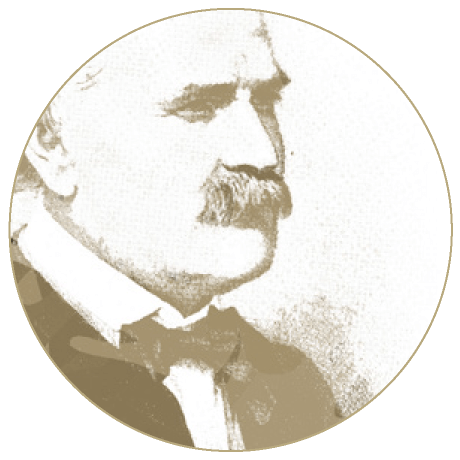Physician Dr. Ignaz Philipp Semmelweis, (Hungarian: Semmelweis Ignác Fülöp) was born on 1 July 1818 in “Ofen” – (Buda) which is now known as Budapest. He died at the age of 47 on 13 August 1865 in Vienna in an insane asylum, into which he was lured and kept against his will.
When in 1846 he joined the first obstetrical clinic of the Vienna General Hospital, the leading hospital during the Austro-Hungarian monarchy, every 10th women died from child bed fever after delivering a baby – despite the increasing knowledge in medicine, in particular in pathology. At times the maternal mortality rate reached 30 percent.
Dr. Ignaz Semmelweis identified missing hand disinfection of gynecologists and students after autopsy as cause for this terribly high infection rate. His publication (The Etiology, Concept and Prophylaxis of Child Bed Fever, 1861) is considered one of the most important ones in the entire medicine up to this day. He was ignored by his colleagues who accused him of “betrayal of his own profession” and mobbed into insanity.
The term “Semmelweis-Reflex“ was created by Robert Anton Wilson and is named after Semmelweis. It describes the reflex-like rejection of new knowledge because it contradicts entrenched norms, beliefs and paradigms.
Today’s multi-resistant pathogens are much more dangerous than child bed fever back at Semmelweis’ time. In November 2018 the ECDC reported 33,000 deaths directly attributed to hospital acquired infections with multi-resistant bacteria.
As a reference to Ignaz Semmelweis we hold our CEE-wide conference on hospital hygiene and infection prevention biannually in Vienna and Budapest, alternatingly.




